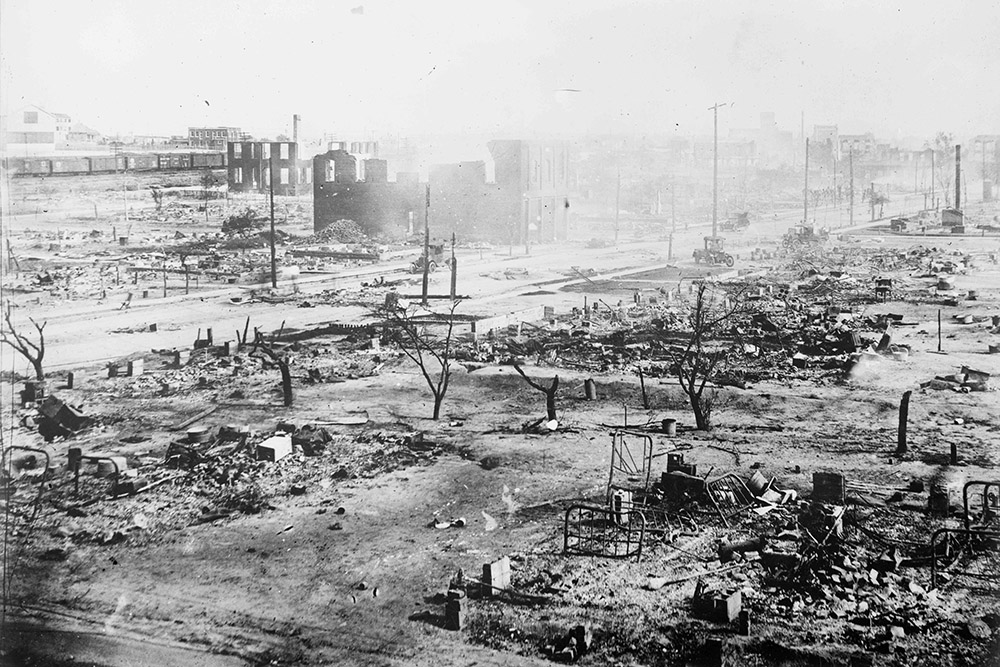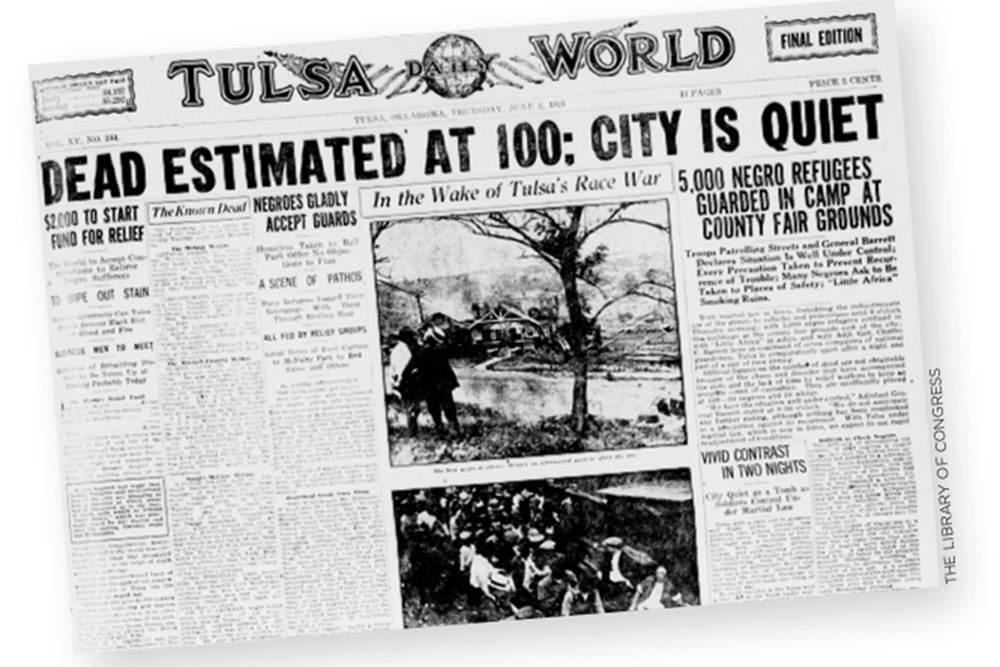Flashback Friday - Re-examining the 1921 Tulsa Massacre

Tulsa, OK, is in the news on this Juneteenth holiday, as President Trump plans a controversial campaign rally there this weekend. Many people do not remember the Tulsa race massacre of 1921, when white mob violence against African Americans killed as many as 300 people. During this time of nationwide protests about racism and police brutality, Trump’s event is considered by many to be a dangerous provocation.
As a white historian, my entire context for writing history changed after the Unite the Right protest in Charlottesville in August 2017. I have been asking new kinds of questions: How do I think about violence based on race? Who are “typical” targets, and how do people legitimize their targets?
These questions led me to revisit an article I wrote a decade ago on the Red Cross experience during the 1921 Tulsa massacre, a time when whites entered a Black neighborhood with torches and used their cars to run over innocent men and women. I realized I needed to re-center a narrative that was essentially one of whites writing themselves into history to save others.

I asked myself: Did I unconsciously reproduce a story of women and men making sacrifices to become good, white, American nurses and disaster responders?
I returned to my original research and, this time, sought a more inclusive narrative. A different story emerges when we include Black voices in our scholarship. To know only a partial history is ahistorical. We need to question the traditional consensus that “things have always been this way.” They have not.
Dr. Wall’s article on the 1921 Tulsa Race Riot will appear in the next issue of Nursing History Review. Read the entire essay here: https://www.nursing.virginia.edu/media/WindowsinTime2019Fall.pdf
+++
This Flashback Friday brought to you by the Bjoring Center for Nursing Historical Inquiry, one of four such nursing archives around the world.
